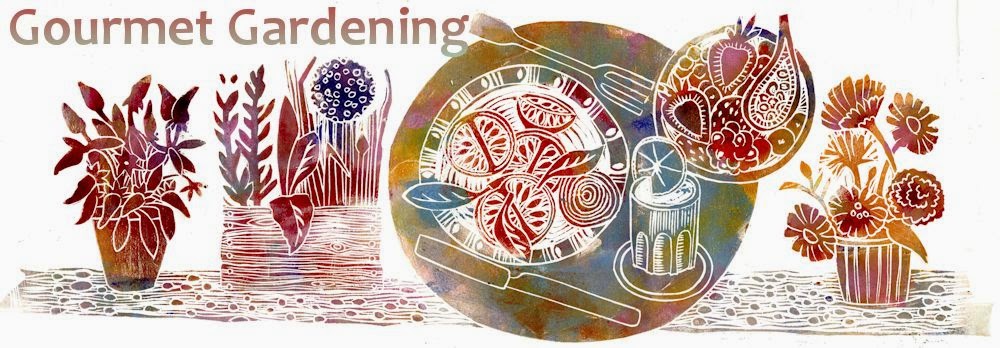Today has come to be known as Sowing Sunday here at the Zia
Maison. The Mediterranean vegetables that like a nice long season are sown
today: tomatoes, aubergines, chillies, peppers, and also the first tranche of
basil and lemon grass, if there is none left from last year (and there never
is). It feels like the right time to sow all of these, although I have started
tomatoes earlier and will sow another batch later – the first lot will
hopefully begin to ripen before any blight strikes and the second wave can take
advantage of an Indian summer, should we be lucky enough to have such a thing.
However, there’s nothing significant about the date except
that it’s the Sunday at the end of half-term, which makes it easy to remember. Most of the
packets for the seeds I used today say ‘Sow Feb-Mar’ or ‘Sow in early spring’
and it can be frustratingly difficult to know when the best time within that
window might be. It’s not even so much about whether we’re under snow in
February or enjoying early spring sunshine, since the seeds will all be sown
in a heated propagator anyway. It’s more
to do with what the weather will be doing in 4-6 weeks time, when the seedlings
need potting up, on, or even outside altogether. Kept in tiny windowsill pots
too long, they’ll grow leggy and weak; transplanted too late they won’t set
fruit until late summer, but then again, plant out too soon and the cold nights could
finish them off.
It’s no wonder gardeners have come up with some
easy-to-remember traditions for sowing and planting. 'Plant garlic on the
shortest day and harvest on the longest', for example. In truth, garlic will
grow best if planted just before the temperature plummets towards zero for a
10-day chill … so, yes, just before Christmas seems like a good bet. Leeks
should be transplanted on the longest day as well, apparently. Mine are usually
more like blades of grass in mid-June, but the saying does serve to remind me
that it’s a job moving inexorably towards the top of the to-do list.
It’s also traditional to plant potatoes over
Easter weekend, which could make you a hostage to fortune given that Easter can
fall at any time between late March (which would leave your spuds very
vulnerable to frost) to late April (fine for maincrops, but cutting it fine for
your earlies).





